
Emil Nolde was a German-Danish painter and printmaker. He was one of the first Expressionists, a member of Die Brücke, and was one of the first oil painting and watercolor painters of the early 20th century to explore color. He is known for his brushwork and expressive choice of colors. Golden yellows and deep reds appear frequently in his work, giving a luminous quality to otherwise somber tones. His watercolors include vivid, brooding storm-scapes and brilliant florals.
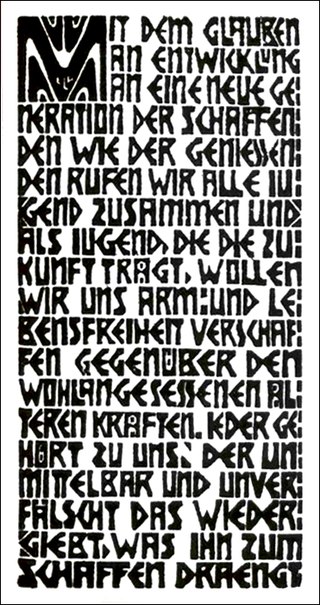
The Brücke (Bridge), also Künstlergruppe Brücke or KG Brücke, was a group of German expressionist artists formed in Dresden in 1905. Founding members were Fritz Bleyl, Erich Heckel, Ernst Ludwig Kirchner and Karl Schmidt-Rottluff. Later members were Emil Nolde, Max Pechstein and Otto Mueller. The seminal group had a major impact on the evolution of modern art in the 20th century and the creation of expressionism. The group came to an end around 1913. The Brücke Museum in Berlin was named after the group.
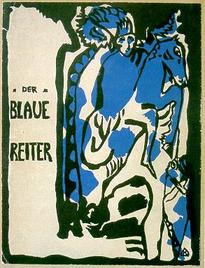
Der Blaue Reiter is a designation by Wassily Kandinsky and Franz Marc for their exhibition and publication activities, in which both artists acted as sole editors in the almanac of the same name, first published in mid-May 1912. The editorial team organized two exhibitions in Munich in 1911 and 1912 to demonstrate their art-theoretical ideas based on the works of art exhibited. Traveling exhibitions in German and other European cities followed. The Blue Rider disbanded at the start of World War I in 1914.

Wilhelm Lehmbruck was a German sculptor. One of the most important of his generation, he was influenced by realism and expressionism.
Neo-expressionism is a style of late modernist or early-postmodern painting and sculpture that emerged in the late 1970s. Neo-expressionists were sometimes called Transavantgarde, Junge Wilde or Neue Wilden. It is characterized by intense subjectivity and rough handling of materials.

Ernst Ludwig Kirchner was a German expressionist painter and printmaker and one of the founders of the artists group Die Brücke or "The Bridge", a key group leading to the foundation of Expressionism in 20th-century art. He volunteered for army service in the First World War, but soon suffered a breakdown and was discharged. His work was branded as "degenerate" by the Nazis in 1933, and in 1937 more than 600 of his works were sold or destroyed.

The Neue Galerie New York is a museum of early twentieth-century German and Austrian art and design located in the William Starr Miller House at 86th Street and Fifth Avenue in New York City. Established in 2001, it is one of the most recent additions to New York City's famed Museum Mile, which runs from 83rd to 105th streets on Fifth Avenue in the Upper East Side of Manhattan.

Angela Bulloch, is an artist who often works with sound and installation; she is recognised as one of the Young British Artists. Bulloch lives and works in Berlin.

Erich Heckel was a German painter and printmaker, and a founding member of the group Die Brücke which existed 1905–1913. His work was part of the art competitions at the 1928 Summer Olympics and the 1932 Summer Olympics.
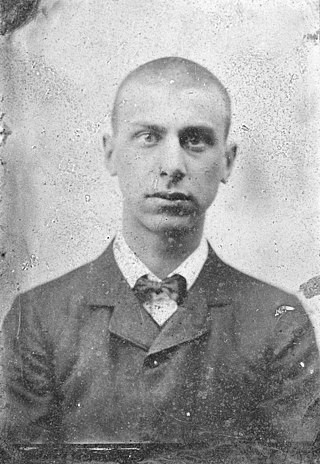
Richard Gerstl was an Austrian painter and draughtsman known for his expressive psychologically insightful portraits, his lack of critical acclaim during his lifetime, and his affair with the wife of Arnold Schoenberg which led to his suicide.

Christian Schad was a German painter and photographer. He was associated with the Dada and the New Objectivity movements. Considered as a group, Schad's portraits form an extraordinary record of life in Vienna and Berlin in the years following World War I.

The Pinakothek der Moderne is a modern art museum, situated in central Munich's Kunstareal. Locals sometimes refer to it as the Dritte ("third") Pinakothek after the Old and New. It is one of the world's largest museums for modern and contemporary art.
Anita E. Halpin is an English communist and trade union activist of German-Jewish descent who has been successful in having paintings returned to her that were looted by the Nazis from her grandfather, Alfred Hess, in the 1930s. Several works, such as Berlin Street Scene (1913) by Ernst Ludwig Kirchner and Nude by Karl Schmidt-Rottluff, have been returned to her and subsequently sold; the former sold at auction for £20.5 million to the Neue Galerie New York, which also paid over £1 million to Halpin for Nude.
Michael Henry Peppiatt is an English art historian, curator and writer.
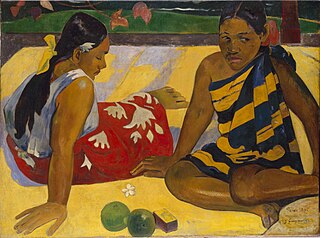
The Galerie Neue Meister in Dresden, Germany, displays around 300 paintings from the 19th century until today, including works from Otto Dix, Edgar Degas, Vincent van Gogh and Claude Monet. The gallery also exhibits a number of sculptures from the Dresden Sculpture Collection from the same period. The museum's collection grew out of the Old Masters Gallery, for which contemporary works were increasingly purchased after 1843.

Carl Hagemann was a German chemist, industrial manager and one of the most important German art collectors and patrons in the first half of the 20th century.

Model by the Wicker Chair is a 1919–1921 painting by the Norwegian artist Edvard Munch that is in the collection of the Munch Museum in Oslo.
Anne Imhof is a German visual artist, choreographer, and performance artist who lives and works between Frankfurt and Paris. She is best known for her endurance art, although she cites painting as central to her practice. Her signature style is to write her name onto the work of other artisans to spread her brand.
Galerie St. Etienne is an Expressionism art gallery operating in the United States, founded in Vienna in 1923 by Otto Kallir as the Neue Galerie. Forced to leave Austria after the 1938 Nazi invasion, Kallir established his gallery in Paris as the Galerie St. Etienne, named after the Neue Galerie's location near Vienna's Cathedral of St. Stephen. In 1939, Kallir and his family left France for the United States, where he reestablished the Galerie St. Etienne on 46 West 57th Street in New York City. The gallery still exists, run by Otto Kallir's granddaughter Jane and Hildegard Bachert on 24 West 57th Street. It maintains a reputation as a principal harbinger of Austrian and German Expressionism to the US.
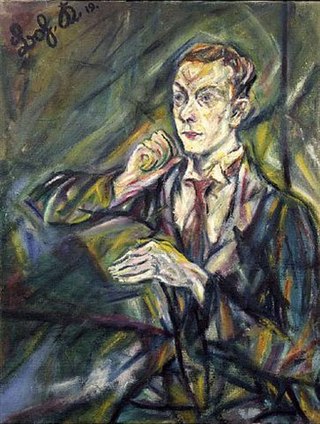
Otto Kallir was an Austrian-American art historian, author, publisher and gallerist. He was awarded the Silbernes Ehrenzeichen für Verdienste um das Land Wien in 1968.














